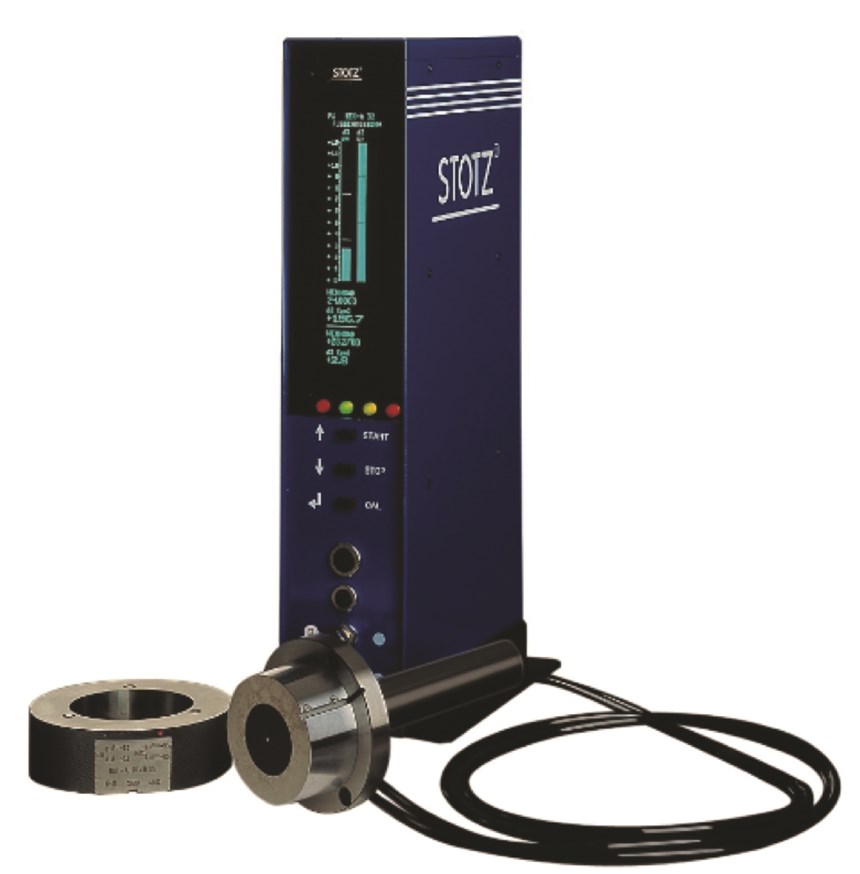Saving Energy with Air Gages
New technologies are available that allow the user to save as much as 40 percent in direct costs by conserving energy on air gages.
Typically, air gages installed in a shop or QC department are not actually in use approximately 90 percent or more of the time. Because these gages function through the use of clean and dry compressed air in a high controlled flow, this relatively expensive commodity can create unnecessary costs when not in use.
It would be impractical and inefficient to turn off the unit when not in use, as doing so would require an extended period of time to restart, balance and stabilize the measurement to achieve the desired accuracies. Since air gaging, by definition, requires the precise measurement of the air flow across the surface of the part being evaluated, this stabilization in the air flow is critical to running an efficient department and maintaining the proper protocol in measuring procedures.
But now, technology is available to allow the air column to be connected to a digital I/O regulator switch so the air flow can be turned down when the unit is not in use. The air flow can be restricted by as much as 90 percent for substantial energy savings in any operation. Keeping the air flowing at a consistent and measured level guarantees that the measurements taken when the air returns to full flow will be accurate and repeatable.
Such technology, to be optimally beneficial to a shop, must have the proper interface between the column and the power supply to function effectively. In one configuration, a proximity switch is positioned in the gage holder, and the air flow can be triggered when the gage is removed from the holder.
Another means of arranging this type of controlled, but not entirely restricted, air flow is to use a pushbutton actuator on the face of the column control panel. A foot pedal actuation could be used as well.
While it is difficult to calculate the exact cost savings to a shop, owing to the various factors of on-time use and local energy costs, the fact remains that, in most shops, air is blowing as much as 95 percent of the time without being used for gaging. If the compressors don’t need to run to produce this unused air flow, the savings can be substantial. On average, a 40-percent or better savings in direct energy costs per compressor would not be unreasonable to expect.
Any shop currently using air gaging should contact its supplier and discuss auto-shutoff switching and other forms of actuation for a reduction of compressor use. Such equipment can also be configured to upload the data on actual on/off time via an Ethernet or Profibus cable with RS232 or RS485 serial interface for monitoring of the energy consumption, thus allowing easy validation of such an investment. Also, on more sophisticated air columns, there would be no need for an external pressure regulator, as the column usually has such controls onboard.
Related Content
-
Streamlining Part Measurement, Data Collection Processes
When collecting measurement data automatically with a wireless data collection system, manual errors can be eliminated ensuring data accuracy and traceability.
-
In-Machine Probing Possibilities for VTLs
A manufacturer of vertical turning centers uses a “push/pull” optoelectronic probe with custom bracket to enable its machines to perform effective, in-process measurement of shafts and related automotive components.
-
Video Tech Brief: Quality Control is Using the Right Software
This machine shop’s mapping software program runs on its gaging system to increase the accuracy of the probe’s tolerance measurement on the thin-walled aluminum tube machined by the shop.

















